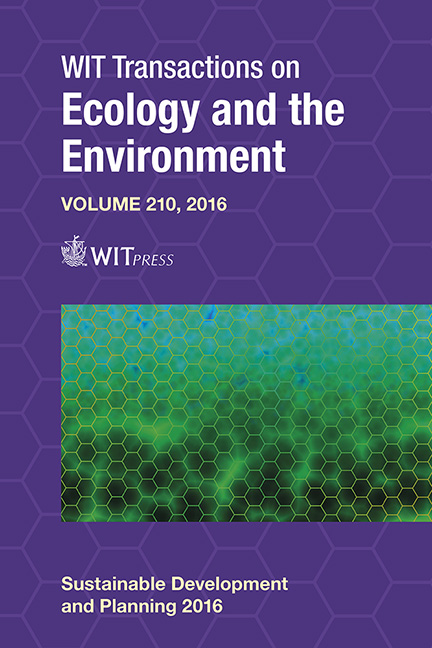Tesseract Of Montages: The Re-animation Of Urban Design Through Place Experiences
Price
Free (open access)
Transaction
Volume
210
Pages
12
Page Range
287 - 298
Published
2017
Size
3,598 kb
Paper DOI
10.2495/SDP160241
Copyright
WIT Press
Author(s)
A. A. Ahmad, S. S. Zubir, F. R. Razali, Z. Yahya, F. Kholid
Abstract
“From a lump of clay a vessel is made, what makes it useful is the space within. For a room, we make doors and windows, but what makes a room habitable is the empty space within it”. The quote from Lao Tzu perfectly describes a space which is not empty but has gaps that Jonathan Hill describes as fragmentations. In film, we perceive this as arrangements of montages. Montages are a spatial exercise, where fragments from other sites are brought to a new location while at the same time maintaining the essence of the original fragments. The same principal applies when we perceive places, i.e. through a series of fragments. Fragments comprise the spatial, physical or natural components and also many more attributes of the city. Since our visual perception is fragmentary in nature, a single glance is not sufficient to absorb everything. Similarly, in a film, a scene is viewed through a series of glances and must be choreographed and scripted accordingly. In a screenplay contains within it, the opening scene, build-up plots of suspense and climax. This is perhaps the ingredients or prescriptions that make watching movies an interesting, exciting and enjoyable experience. Although places do contain a series of fragments and montages but rarely are choreographed or programmed to behave and be assimilated like watching movies where every moment of the scene gives the viewers very different, unique and distinct experiences. This paper outlines a theoretical urban design exercise that adopts the idea of film making by decoding and translating the screenplay frameworks into architectural montages whereby three components of the screenplay which are the set or backdrop is defined as ambiance of the place, the actors are defined as space and people and lastly the choreograph or script as events and programmes of the place. This framework is used as an approach to reanimate a neighbourhood in Ho Chi Minh City, Vietnam. The potentialities and dilemmas of the context is studied, identified and translated according to the screenplay sequence which consists of opening, build-up or suspense and climax scenes. The diverse relationships and experience of the place to its occupants is explored and derive is used as a strategy to enhance the occupants’ experiences and the vibrant quality of the place.
Keywords
fragments, spatial gap, montages, screenplay, place relationship, choreograph, movie experience, screenplay framework, derive





